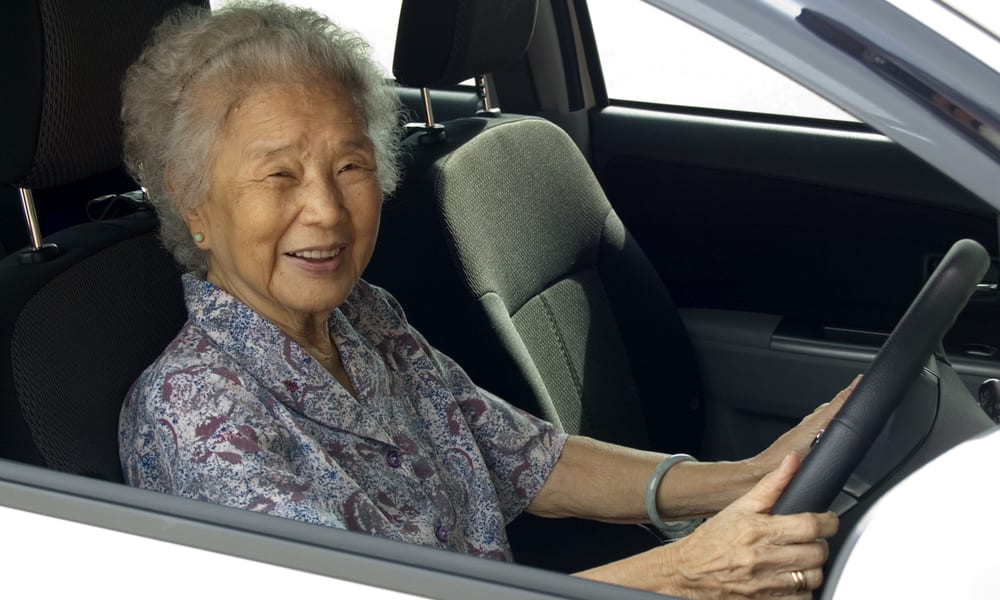Choosing the Right SUV: A Guide for Senior Drivers
Selecting an SUV involves careful consideration of comfort, safety, and practicality, especially for senior drivers. Modern SUVs offer a range of features designed to enhance accessibility, provide advanced safety technologies, and deliver fuel efficiency. Understanding what to look for can help seniors make informed decisions when exploring available vehicle options.

SUVs Suitable for Senior Citizens Focusing on Comfort and Ease of Entry
When evaluating SUVs for senior drivers, comfort and ease of entry stand as primary considerations. Vehicles with higher ride heights often make getting in and out simpler compared to lower sedans, reducing strain on knees and hips. Look for models with wide-opening doors, adjustable seat heights, and grab handles positioned for easy access. Power-adjustable seats with lumbar support can significantly enhance comfort during longer drives. Additionally, step-in height matters—ideally between 18 to 22 inches from the ground—as this range typically accommodates most mobility levels without requiring excessive lifting of legs. Cushioned, supportive seating with ample headroom and legroom ensures a pleasant driving experience, while climate control systems that reach all seating areas contribute to overall comfort.
Safety Features and Driver-Assist Technologies for Older Drivers
Modern SUVs incorporate advanced safety features that particularly benefit senior drivers. Blind-spot monitoring systems alert drivers to vehicles in adjacent lanes, compensating for reduced neck mobility that might limit over-the-shoulder checks. Forward collision warning with automatic emergency braking can prevent accidents by detecting potential impacts and applying brakes when necessary. Lane departure warning and lane-keeping assist help maintain proper road positioning, reducing the risk of unintentional drifting. Adaptive cruise control adjusts speed automatically based on traffic flow, lessening the need for constant pedal adjustments. Rearview cameras and parking sensors simplify maneuvering in tight spaces, while some models offer 360-degree camera systems for comprehensive visibility. Additionally, clear dashboard displays with larger fonts and intuitive controls reduce distractions and make operating the vehicle more straightforward.
Fuel-Efficient and Hybrid SUV Options for Seniors
Fuel efficiency remains an important factor for seniors on fixed incomes or those seeking to minimize ongoing expenses. Several compact and mid-size SUVs now offer hybrid powertrains that combine gasoline engines with electric motors, delivering improved fuel economy without sacrificing utility. These vehicles typically achieve between 35 to 45 miles per gallon in combined city and highway driving, compared to 25 to 30 mpg for traditional gasoline-only models. Hybrid systems also provide smoother acceleration and quieter operation, contributing to a more refined driving experience. For those considering fully electric options, certain electric SUVs offer ranges exceeding 250 miles per charge, though charging infrastructure availability should be evaluated based on typical driving patterns and local access to charging stations.
Compact and Mid-Size SUVs for Easy Maneuverability
Compact and mid-size SUVs strike a balance between interior space and maneuverability, making them particularly suitable for senior drivers who want versatility without handling a large vehicle. Compact SUVs typically measure between 175 to 185 inches in length, while mid-size models range from 185 to 195 inches. These dimensions allow for easier parking in standard spaces and navigating urban environments. Tighter turning radii—often between 36 to 39 feet—facilitate U-turns and parking lot navigation. Despite their manageable size, these vehicles still provide elevated seating positions that enhance visibility and confidence on the road. Cargo capacity remains practical for groceries, medical equipment, or recreational gear, with most models offering 25 to 40 cubic feet behind the rear seats and up to 75 cubic feet with seats folded.
Interior Design and Seating Comfort Considerations
Interior design significantly impacts daily usability for senior drivers. Ergonomically designed cabins with intuitive control placement reduce the learning curve and minimize distractions. Large, clearly labeled buttons for climate and audio controls are preferable to complex touchscreen-only interfaces. Adjustable steering wheels with tilt and telescoping functions help drivers find optimal positioning. Seats upholstered in breathable fabrics or perforated leather with heating and ventilation options accommodate varying comfort preferences and weather conditions. Storage compartments positioned within easy reach—including door pockets, center consoles, and glove boxes—keep essentials accessible without requiring excessive stretching or bending. Sound insulation that reduces road and wind noise creates a more peaceful cabin environment, while quality suspension systems absorb bumps effectively, reducing fatigue on longer journeys.
| Vehicle Category | Typical Features | Estimated Price Range |
|---|---|---|
| Compact SUV | 25-30 mpg, basic safety tech, 5 passengers | $25,000 - $35,000 |
| Compact Hybrid SUV | 35-40 mpg, advanced safety features, 5 passengers | $30,000 - $40,000 |
| Mid-Size SUV | 22-28 mpg, spacious interior, 5-7 passengers | $35,000 - $45,000 |
| Mid-Size Hybrid SUV | 30-38 mpg, premium safety tech, 5-7 passengers | $40,000 - $50,000 |
| Electric SUV | 250+ mile range, cutting-edge tech, 5 passengers | $45,000 - $65,000 |
Prices, rates, or cost estimates mentioned in this article are based on the latest available information but may change over time. Independent research is advised before making financial decisions.
Conclusion
Choosing an SUV as a senior driver involves weighing multiple factors including accessibility, safety technology, fuel efficiency, size, and interior comfort. Modern vehicles offer numerous features specifically designed to address the needs of older drivers, from advanced driver-assist systems to ergonomic cabin designs. By prioritizing ease of entry, comprehensive safety features, manageable dimensions, and thoughtful interior layouts, seniors can find SUVs that enhance both confidence and enjoyment on the road. Evaluating these considerations alongside budget constraints and personal preferences ensures a well-informed vehicle selection that supports independence and mobility for years to come.




